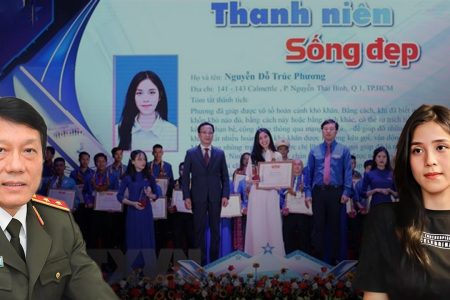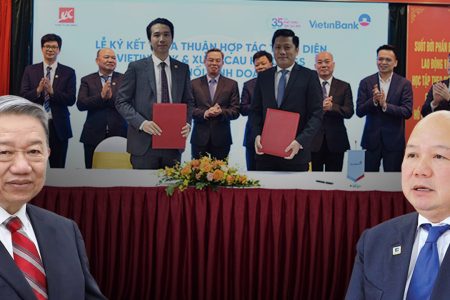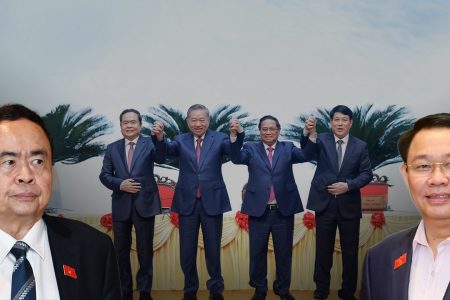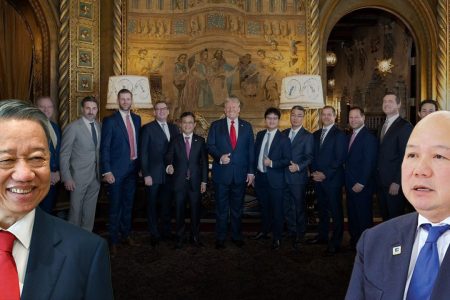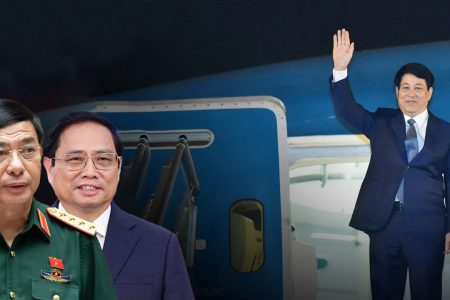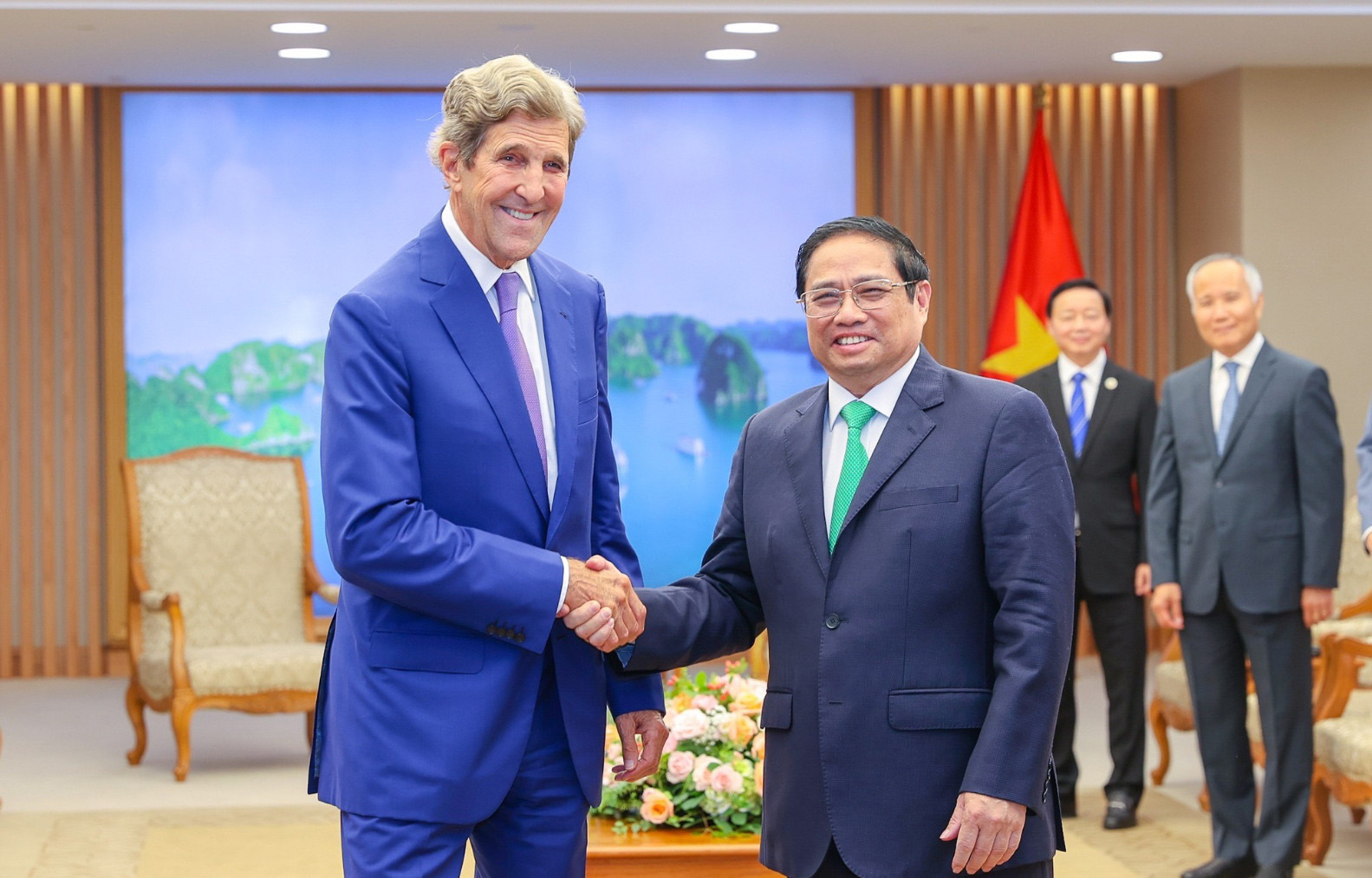
On October 20, 2022, US Presidential Envoy John Kerry returned to Hanoi for the third time this year. Next, Senate President Patrick Leahy will lead a powerful delegation to visit Vietnam from October 27 to November 2. The US and Vietnam are about to celebrate many important events in 2023. Assistant Secretary of State Kritenbrink said that there will be a high-level delegation between the two countries on that occasion. So, how long will the US have strategic patience to upgrade its „Comprehensive Partnership“ relationships?
_____________________
The story is about the time to elevate the relationship „Comprehensive Partnership“ (CP) to „Strategic Partnership“ (SP) gradually becoming a paradox in the relationship between Vietnam-US. The paradox is expressed in that, both the US and Vietnam are aware of the importance and inevitability of upgrading the bilateral relationship, but then because of objective and subjective factors, this process is always pushed back, by reasons that are difficult to convince. For a long time, the Chinese factor has always been cited as a constant hindrance to the upgrade of relations to SP. And this factor is associated with the geo-political position of Vietnam – China for thousands of years and it still exists for a long time. So, from now on, both Vietnam and the United States will only care and act towards the essence of the bilateral relationship, while the name of that relationship will be „ignore“ by both sides. But if both sides agree to „forget it„, will both Vietnam and the United States make Beijing’s „wolf warrior diplomacy“ less aggressive in the East Sea (South China Sea) or at Vietnam-China border crossings?
Acceleration from the US side
Before the end of his term in Vietnam, Ambassador Daniel Kritenbrink once said at a press conference in Hanoi on July 2, 2020: „The US is more interested in building trust between the two countries to make bilateral economic and trade relations balanced, free and reciprocal. The United States is also interested in defense cooperation and the two countries priorities in the South China Sea and Mekong River.” And he concluded: “We believe that Vietnam-US relations are at their best and strongest ever. This partnership will deepen no matter what we call that relationship.”
Yes, it is true that the US-Vietnam partnership is getting stronger and deeper, even after a broken summer caused by COVID-19, along with the negative effects brought about by the „post-Ukraine“ situation. Remember earlier this year, from February 22-25, after a „surveillance“ trip in the Mekong Delta, US Presidential Envoy for Climate Change John Kerry met with Government officials, representatives of civil society organizations, and business leaders to build consensus to address the climate crisis and accelerate the transition to a clean energy economy.
Mr. Kerry met with host officials, including President Nguyen Xuan Phuc on February 23, to discuss bilateral relations and regional and international issues of mutual concern. During the meeting, Mr. Phuc emphasized that Vietnam considers climate change response an area of strategic cooperation between the two countries. The President also clarified that this is a central and urgent task and asked the US to increase financial and technical support to help Vietnam fulfill its commitments at COP-26 and move towards establishing a fair energy transition with a number of partners, including the United States. After that occasion, Mr. Kerry went to Vietnam for the second time, from September 2-6. During his meeting with Prime Minister Pham Minh Chinh on September 5, Mr. Kerry reaffirmed that the United States consistently attaches importance to the „Comprehensive Partnership“ (CP) relationship with Vietnam and supports Vietnam to play an active role in the region and in response to international issues, including climate change.
Between 20 and 22 this week, Special Envoy Kerry returns to Vietnam for the third time in less than a year. The visit of the Special Envoy to the President took place in the context of the United States presentation on October 12 of its National Security Strategy. Through this strategy, the United States will seek to contain China’s rise while reaffirming the importance of working with allies and partners to address the challenges facing democracies. Does this make the SP upgrade more difficult? Hopefully, Mr. Kerry will succeed, bringing the response to climate change into the framework of bilateral-multilateral relations. And besides climate change issues, can Mr. Kerry contribute to meeting Vietnam’s desire to welcome President Biden on the anniversaries of major events in the relationship between the two countries? It is known that Mr. Kerry is a „friend“ of President Biden and an „elder“ teammate of Secretary of State Blinken. Public opinion from political observers said that, on this occasion, Vietnam wants Special Envoy Kerry to help „settle“ with President Biden, contributing to promoting high-level exchanges between the US and Vietnam, regardless of whether the SP upgrading occurs or not.
The United States continues strategic patience
Why does Senate President Patrick Leahy lead a powerful delegation to visit Vietnam from October 27 to November 2, 2022, before retiring? Remember, Senator Leahy is one of the „Four Pillars“ of America, contemporaries with Senator John McCain, who were politicians who used to be „painful“ about US-Vietnam strategic relations. Here, it is possible that the US Congress still considers two possibilities. Firstly, the ability to upgrade the relations successfully, this senator will be the leader of the „Budget Approval Committee“ which will continue and can be handed over to his successor to help add more aid to Vietnam. Second, if the SP has not taken place, Mr. Leahy still prepares a team of Republican and Democratic Senators to visit Vietnam to launch the „US-Vietnam Friendship Parliamentary Group“ (in order to „reciprocate“ with the „Vietnam-US Friendship Parliamentarians Group” in Vietnam). This group will include people with high vision and determination in developing the relationship between the two Congresses such as the late Senator John McCain, former Senator John Kerry, and Mr. Patrick Leahy personally, who used to have many special feelings for Vietnam.
The United States continues to accelerate in sending high-ranking officials to continuously visit, and working with Vietnam is a way to affirm its strategic patience. Regardless of the outcome of the upcoming November elections in the US, encouraging Vietnam to play a central role in the Indo-Pacific strategy (IPS) is a policy adopted by both Democrats and Republicans. This strategic patience lasts until Vietnam and the United States build trust and jointly promote balanced, free and reciprocal economic and trade relations so that defense cooperation can be achieved as well as the two countries‘ priorities in the East Sea and Mekong River, sustainable results have been achieved, as stated above by Ambassador Kritenbrink, now the current Assistant Secretary of State for all issues in the region. During his return visit to Laos and Vietnam from October 9-14, Mr. Kritenbrink reassured Vietnam with the statement: „We want to send a signal that we do not require any country to choose a side, which we work to ensure countries can make their own decisions without any coercion.”
On this occasion, Vietnam can look back on the bitter lesson of slowing down the normalization process with the United States after the war ended. For many years, Hanoi insisted on American reparations for the war, causing then-President Jimmy Carter (1977-1981) to withdraw his decision to continue negotiations with Vietnam. There is, of course, a Chinese „rolling the wheel.“ Then the US set out a long road map, forcing Vietnam to solve some problems before lifting the embargo. Today, looking back at that normalization process, according to Professor Ta Van Tai, who teaches at Harvard University, US policy should have not changed much. Regarding the East Sea issue, for example, freedom of navigation patrols (FONOBs) is stronger than in the Obama era, approaching less than 12 nautical miles next to the rocky islands that China has taken from countries in South Southeast Asia, including Vietnam. Regarding military cooperation with Vietnam, the aircraft carrier arrived at Cam Ranh, and then the negotiations on buying weapons, Vietnam did not have enough money or did not want to buy much from the US, but the US did not change anything about the military cooperation with Vietnam. strategic intent.
So far, Vietnam has established a „Comprehensive Strategic Partnership“ relationship with two permanent members of the UN Security Council, China, and Russia, and a „Strategic Partnership“ (SP) relationship with the UK and France. In addition, there are “SP” relations with 17 other countries. Meanwhile, Vietnam and the United States have a deeper, more multifaceted relationship than some countries higher up in Hanoi’s diplomatic relations hierarchy. The US is Vietnam’s 11th largest investor with nearly $10 billion invested in Vietnam. Defense ties have also progressed significantly recently… Meanwhile, Washington’s increasingly firm stance on the South China Sea disputes has benefited Hanoi and other Southeast Asian claimants. Facing serious water and food security challenges posed by major Mekong dams, Vietnam benefits from Washington’s Mekong initiatives to help promote sustainable fisheries, climate change adaptation, and biodiversity conservation. All of this, in turn, will minimize the “paradoxical” in Vietnam-US relations, making the “strategic patience” on the US side develop to the maximum.
Thoibao.de (Translated)








